Shortly after midnight, the Shiveluch volcano in Russia's eastern Kamchatka Peninsula erupted and peaked about six hours later, sending an ash cloud over an area of 108,000 square kilometers, according to the Kamchatka Branch of the Russian Academy of Sciences Geophysical Survey.

Street covered in volcanic ash on the Kamchatka Peninsula. Photo: Oleg Bondarenko
Lava flows from the volcano melted snow and triggered landslide warnings along nearby highways, while affected villages were covered in up to 8.5cm of grey ash, the deepest in 60 years.
“The ash layer was up to 20 km thick, it moved west and fell heavily on nearby villages,” said Danila Chebrov, director of the Kamchatka branch of the Geophysical Survey.
“This volcano has been preparing for an eruption for at least a year… and the process is still continuing although it has calmed down a bit now,” Mr Chebrov said.
The Kamchatka Volcanic Eruption Emergency Response Team (KVERT) has issued a red notice to the aviation industry, saying the eruption could affect low-flying routes and international aircraft.
Several schools in the Kamchatka Peninsula, some 6,800 kilometers (4,200 miles) east of Moscow, were closed due to the eruption. Authorities also asked people to stay indoors and wear masks. Meanwhile, power has been restored in the area and drinking water is being supplied.

Satellite image of Shiveluch volcano on November 26, 2022. Photo: Roscosmos
One of the largest and most active volcanoes on the Kamchatka Peninsula, Shiveluch has erupted about 60 times in the past 10,000 years. The most recent major eruption was in 2007.
Shiveluch volcano is 3,283 m high, with a base diameter of about 45 - 50 km. The highest point of the active part of the volcano is called Young Shiveluch, located 2,800 m above sea level. Scientists say Young Shiveluch has been extremely active in recent months. The nearest settlement to the volcano is Klyuchi, 50 km from the mountain.
Scientists have released images of ash clouds billowing over forests and rivers in the Far East, along with images of villages covered in volcanic ash. One image shows a layer of ash more than 8cm thick.
Hoai Phuong (according to Reuters)
Source










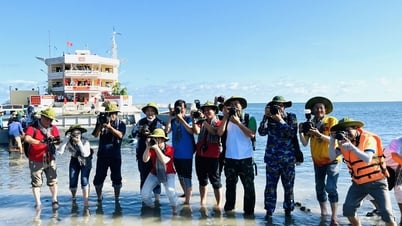
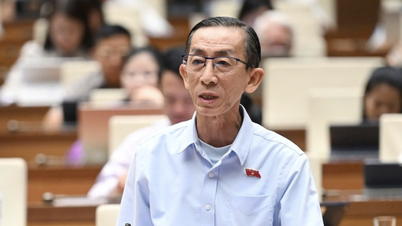










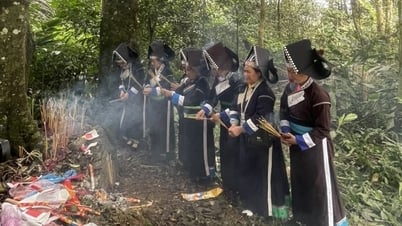
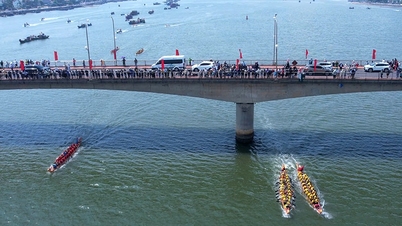
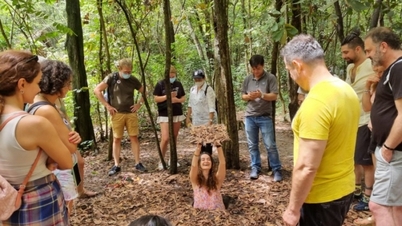

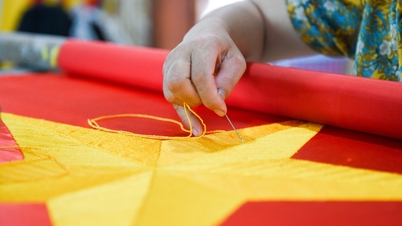
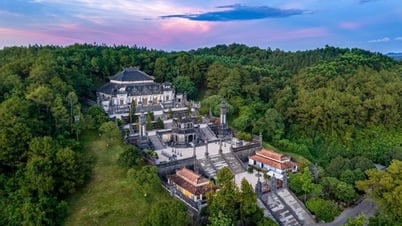









































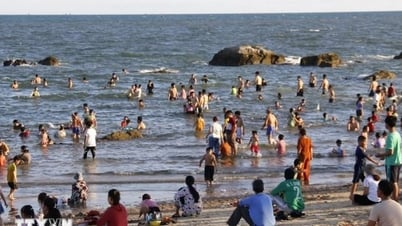
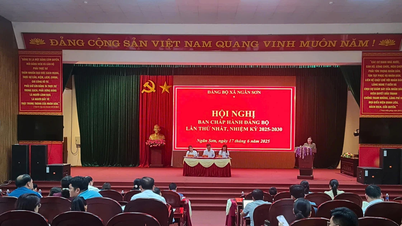



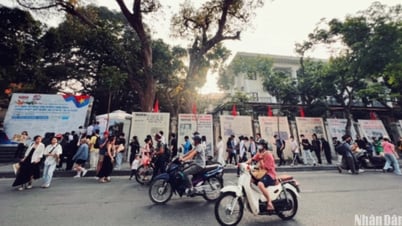


















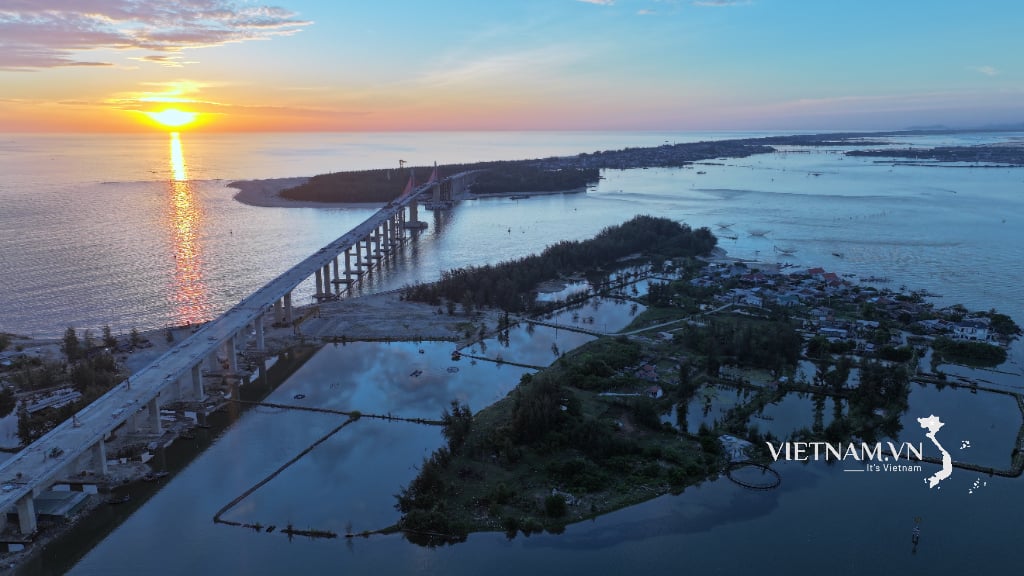



Comment (0)